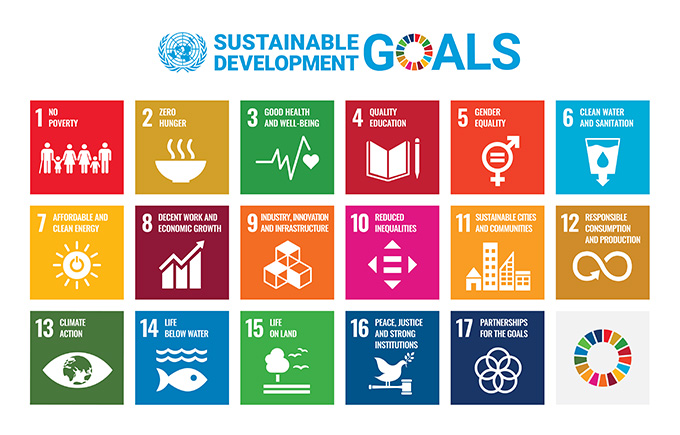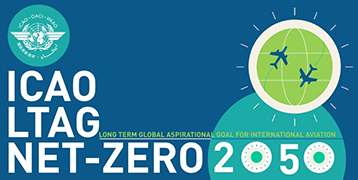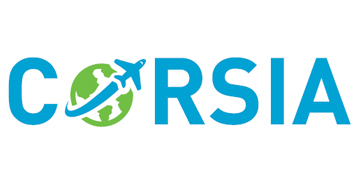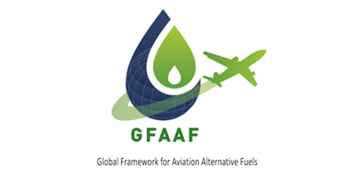Sustainable Aviation Fuel Deployment Strategies in Europe: Supply Chain Implications and Climate Benefits
Environmental Science & Technology
FEATURED BOOK
Sustainable aviation fuel (SAF) could reduce aviation’s CO2 and contrail climate forcing. This study quantifies the contrail mitigation potential and fuel supply chain costs of a uniform SAF distribution scenario, assuming all departing flights use a 10% SAF blend by mass. Building on this, we propose three SAF allocation strategies that optimize the same SAF supply to maximize contrail mitigation, while considering real-world supply chain constraints and additional costs. A seasonal strategy − providing SAF to all flights from October to February at higher blend ratios (28%) − achieves the highest benefit-to-cost ratio (1.7−7.2) and lowest abatement cost (€14−61/tCO2e). It raises annual reductions in contrail energy forcing (EFcontrail) from 7−8% (uniform vs no-SAF scenario) to 12−13%, with supply chain costs rising by 0.5% relative to the uniform scenario. Two diurnal strategies − one targeting flights after 16:00 local time and another adding a constraint of selecting flights with >250 km of persistent contrails − have lower benefit-to-cost ratios (0.2−2.4) and higher abatement costs (€42−675/tCO2e). Their 1−2% rise in supply chain costs relative to the uniform scenario outweighs the additional contrail climate benefits, as annual EFcontrail reductions only rise from 7−8% (uniform scenario) to 9−17%.
Aviation, non-CO2, contrail cirrus, climate forcing, mitigation, sustainable aviation fuel, supply chain
2 total downloads



 Back
Back



